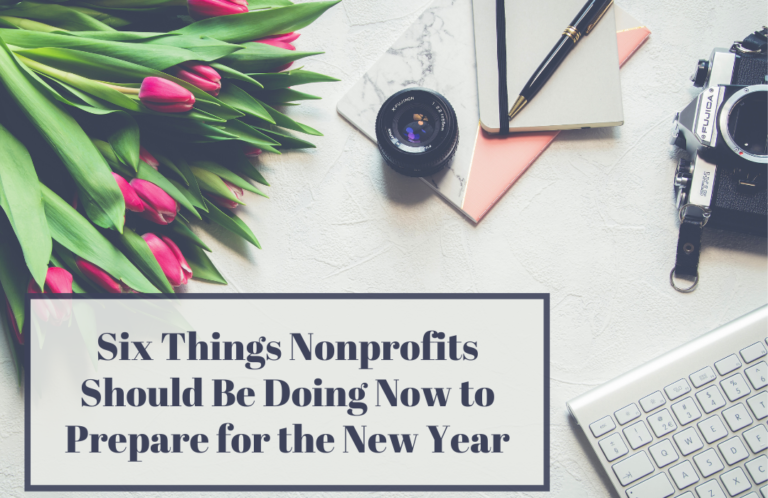Securing government contracts and grants can be a game-changer for nonprofits. However, winning these opportunities involves writing compelling proposals and navigating a complex landscape of regulations and competition. In this blog, we dive into the benefits and challenges of government proposals and what nonprofits can be doing now to prepare for them.
What is a government proposal?
Government agencies at the local, state, or federal levels often allocate funds to address critical social issues, such as educational gaps, unemployment, mental health, and food access. A government proposal is a formal document submitted by an organization or business in response to a government solicitation or request for proposals (RFP) outlining their need for related goods or services. An RFP is essentially an invitation to pitch your organization, explaining what you do and why you’re the best entity to meet the needs of your community.
What are the benefits of government contracts?
There are many benefits to securing a government contract. First and foremost, these funds provide organizations with substantial revenue that tends to be less susceptible to economic fluctuations or changes in donor priorities. At the same time, securing government resources can enhance an organization’s credibility and reputation, instilling trust in potential donors. Lastly, government funding can help your organization scale operations and implement large-scale, systemic solutions.
What are the challenges of seeking government funding?
Submitting a compelling government proposal requires careful planning, attention to detail, and a deep understanding of government procurement procedures. Common challenges with submitting a government proposal include gathering extensive documentation (e.g., a highly detailed narrative, budget estimates, staffing plans, and evaluations), researching and quantifying the social issue you’re addressing, and meeting strict submission deadlines.
How can nonprofits best prepare to submit a government proposal?
The fall season is the optimal time to prepare for government proposals the following year. In our experience, successful bids involve multiple team members, including subject matter experts, strong writers, project managers, and financial officers. Many organizations hire experts or consultants like Lydia Sierra Consulting to increase their chances of success.
Whether you decide to prepare a proposal on your own or work with a consultant, here are seven essential steps for any organization:
1. Research the Opportunities
Actively research and identify government funding opportunities that align with your mission. Various government agencies at the federal, state, and local levels offer grants and contracts that may support your nonprofit’s work. It’s crucial to stay informed about upcoming opportunities, application deadlines, and eligibility criteria. Ensure that your organization aligns with the requirements before moving forward.
2. Build Relationships
Developing relationships with government agencies and officials can significantly enhance your chances of securing funding. Attend government-sponsored events, meetings, and conferences to connect with relevant personnel. Engaging in conversations and networking can help your organization gain insight into the specific needs of the government agency and establish rapport.
3. Understand the Process
Government proposal processes are complex and time-consuming. Take the time to familiarize yourself with the requirements and guidelines of each government agency. This includes understanding the application process, formatting guidelines, evaluation criteria, and submission deadlines. Put key dates on your calendar.
4. Create/Update Your Portal
Be sure to update your government submission portal every year so you don’t run into problems when submitting. Take a moment to ensure that your organization is registered and all required documentation is current. You can complete this action well in advance of submission.
5. Write a Compelling Proposal
The heart of any government proposal is the narrative that outlines your organization’s plan, impact, and capability. This should demonstrate how your nonprofit can address the specific needs and goals of the government agency. Be concise, clear, and data-driven in your proposal, providing evidence of past successes and the potential for positive outcomes.
6. Build Your Budget
Government agencies will scrutinize your budget to ensure funds are allocated efficiently. Ensure that your budget aligns with the proposal narrative and provides a detailed breakdown of expenses, including salaries, supplies, and overhead costs. Be transparent and realistic in your financial planning.
7. Review and Refine
Before submitting your proposal, conduct thorough reviews and edits. Engage experts within and outside your organization to assess your proposal’s strengths and address potential weaknesses. Make sure your proposal aligns with the agency’s requirements and objectives.
Navigating government proposals is tough, but with early planning and collaboration, your efforts can result in rewards that are well worth the effort.
Lydia Sierra’s experienced grant writing team has helped secure numerous government contracts for our clients, transforming their organizations and broadening their reach.
Book a 30-minute session to learn more about how we can support you.
Schedule a consultation.







